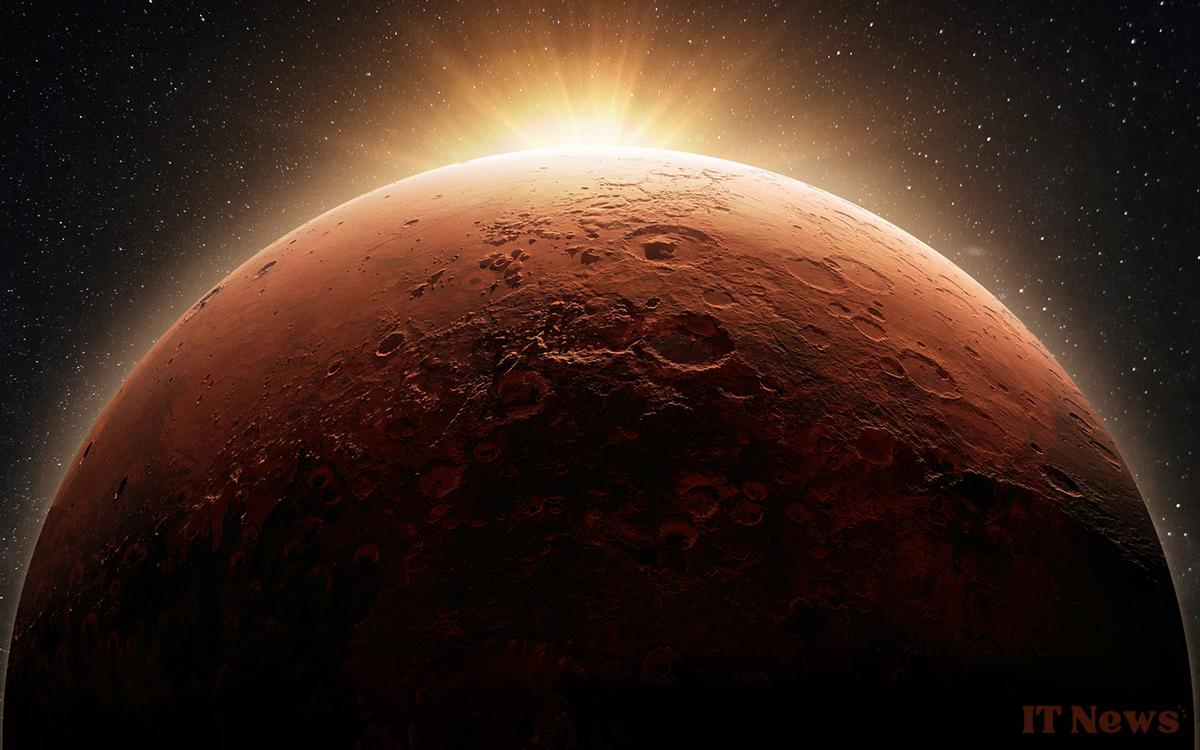Exploring Mars has been a dream for decades. But behind the image of a world to be conquered, very real dangers lurk. A scientific study reveals that an invisible enemy could make any mission far riskier than expected.
Going to Mars has never been just a casual excursion. The lack of oxygen, extreme cold, radiation, and low gravity are already known as major obstacles. Agencies like NASA and private companies like SpaceX are preparing for manned missions by 2030, but the challenges are mounting as research progresses. And one inconspicuous element could pose more problems than imagined: Martian dust, omnipresent on the surface of the planet.
According to a study published in the journal GeoHealth, this emblematic red dust of Mars is not only annoying for equipment. It is also dangerously toxic to humans. Composed of extremely fine particles, it also contains substances known on Earth to cause serious illnesses. If inhaled, it could cause damage to the lungs, the thyroid, kidneys, or digestive system. Some are even associated with cancers, according to researchers.
Microscopic and toxic dust threatens the health of future astronauts on Mars
The dust grains analyzed measure on average 3 microns, a size comparable to that of a mold spore. Too small to be expelled naturally, they infiltrate deep into the respiratory tract before reaching the blood. Among the identified components are perchlorates, which disrupt the thyroid, silica, which causes silicosis, as well as cadmium, arsenic, chromium, and certain iron oxides. All are present on Earth, but at levels that are much better controlled thanks to decades of regulation.
On Mars, the very low gravity allows these particles to float in the air for long periods. They settle everywhere, on suits, equipment, habitats, and could infiltrate despite precautions. Repeated exposure, combined with the effects of microgravity, could weaken the immune system and complicate medical care. Researchers believe that a manned mission remains possible, but it will require advanced protective equipment, strict environmental control, and effective filtration systems. Reality reminds us that every step on this planet will be a technical and human challenge.




0 Comments